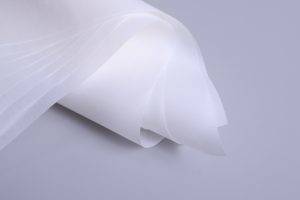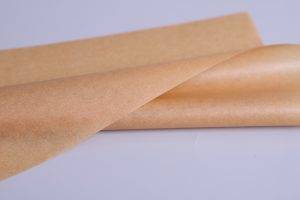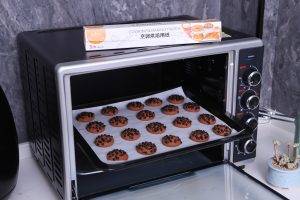Have you ever used both white and brown baking papers? Besides the color difference, are there any other distinctions between them? Which one is more environmentally friendly? Let’s find out!


How Baking Papers are Made
Both types of baking papers are made from virgin wood pulp fibers and are free from inks or chemical residues. Wood contains a substance called lignin that gives tree trunks their rigidity and upright structure. Lignin has a natural brown color. To produce white paper, the lignin needs to be removed from the wood fibers through a bleaching process.
It’s worth noting that modern bleaching techniques are highly advanced and safe, using no harmful chemicals. For example, SMD baking papers undergo an elemental chlorine-free (ECF) process to ensure they meet the highest hygiene standards.

The Difference Between White and Brown Baking Papers
Brown baking paper contains more wood-derived compounds. Although harmless, these compounds may affect the taste and aroma of foods, which may not be acceptable for certain end-uses, such as prolonged wrapping of chocolates or tea leaves.
White Baking Paper Preferred for Professional Use

Professional kitchens and industrial food processing have stringent hygiene requirements, making it crucial to avoid potential contamination and non-compliance. White baking paper is preferred for professional use because:
- It more readily shows impurities
- The clear contrast between food and paper makes it easier to check for deviations from standards
Environmental Impact: Comparable but Nuanced
While brown baking paper may appear more eco-friendly at first glance, both colored papers are equally environmentally friendly. In fact, white baking paper has a smaller environmental impact during the manufacturing stage.
Producing brown baking paper requires more energy because it contains more wood-derived compounds, necessitating a higher level of refining and a slower production rate. Energy consumption per ton of product is 20 kWh higher than for bleached baking paper.
To ensure the safety of baking paper for food contact, raw materials must be carefully selected, product testing conducted, and the entire production process closely monitored and certified by third-party organizations.
So, while the environmental impact of white and brown baking papers is comparable, there are nuanced differences in their production processes and end-use suitability. Ultimately, the choice depends on your specific needs and preferences.
Choose SMD Baking paper, we can offer both white and brown color, Visit our store for more options.

It is appropriate time to make some plans for the longer term
and it’s time too be happy. I’ve learn this publish aand if I could I want to counsel you few attention-grabbing issues orr suggestions.
Pernaps you could writfe next articles relating to this article.
I desire to learn even more things about it! https://bandur-art.blogspot.com/2024/08/the-ultimate-guide-to-no-mans-sky-mods.html
It is appropriate time to make somne plans for
the longer term and it’s time to be happy. I’ve learn thos
publish aand if I could I want to counsel you few attention-grabbing issues or suggestions.
Perhaos you could write next articles relating to this article.
I desire to learn even more things abot it! https://bandur-art.blogspot.com/2024/08/the-ultimate-guide-to-no-mans-sky-mods.html